#Learning #Architecture #Research
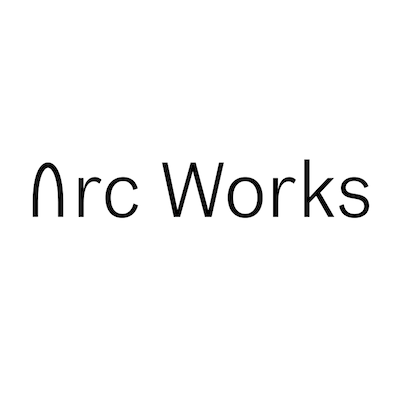
A Learner-Led Paradigm
A Learning spaces community of practice.
The long overdue departure from the factory model of education takes us to a new paradigm: learner led. Radically empowering students to take the helm of their educational journey will give the next generation the independence, breadth and ingenuity to tackle our urgent problems and realise a necessary, sustainable future. This revolution is made possible by technology. A new AI age will allow students to receive content, monitor feedback and customise their curriculum in ways that weren’t possible even in the previous decade. With these novel tools, new forms of learning will emerge to compliment traditional instruction. These will need to be accommodated within our learning facilities.
This study is a collaboration between Arc Works and Minds Studio, combining insights into architecture and education to think of a new DNA for future learning spaces.
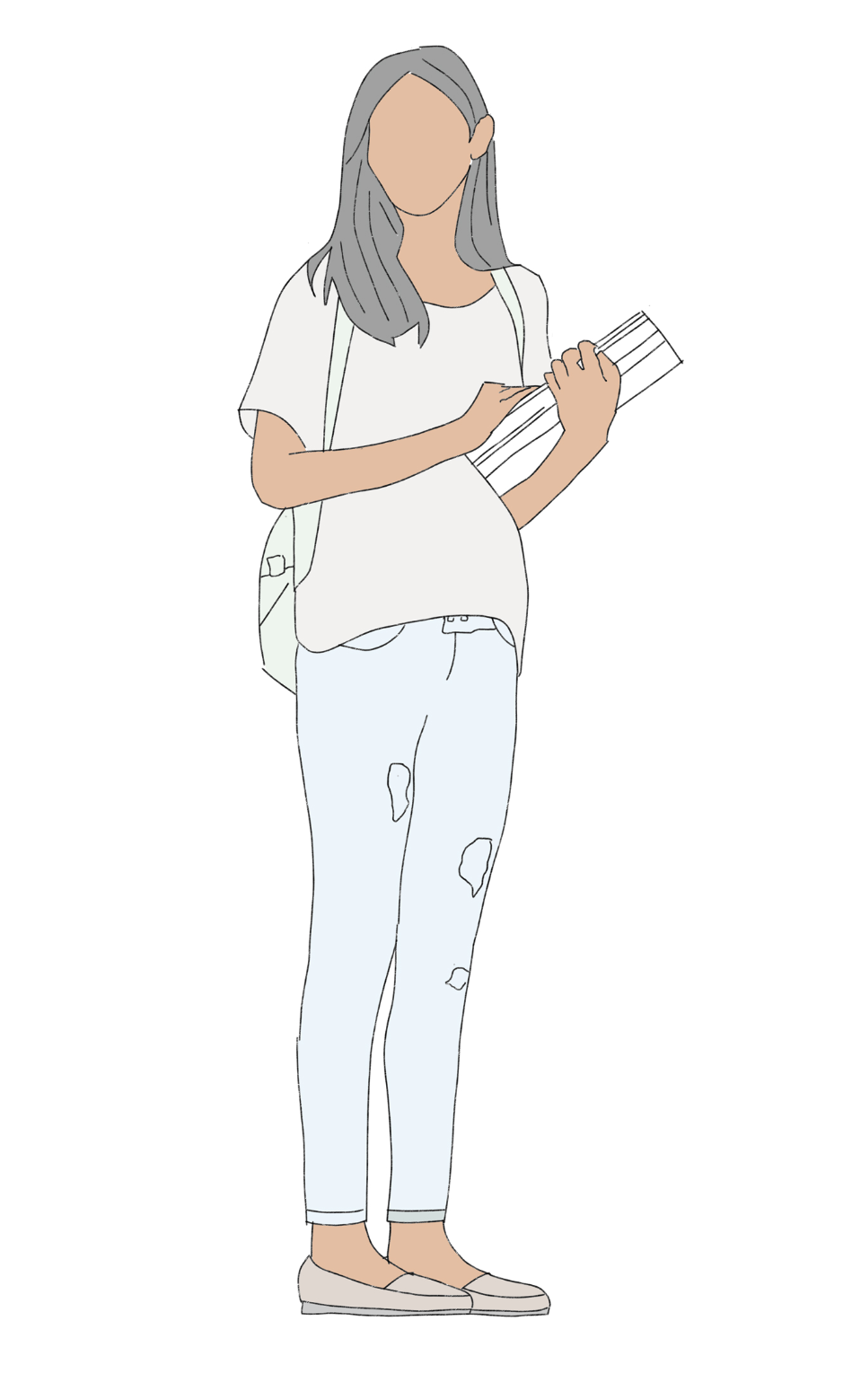
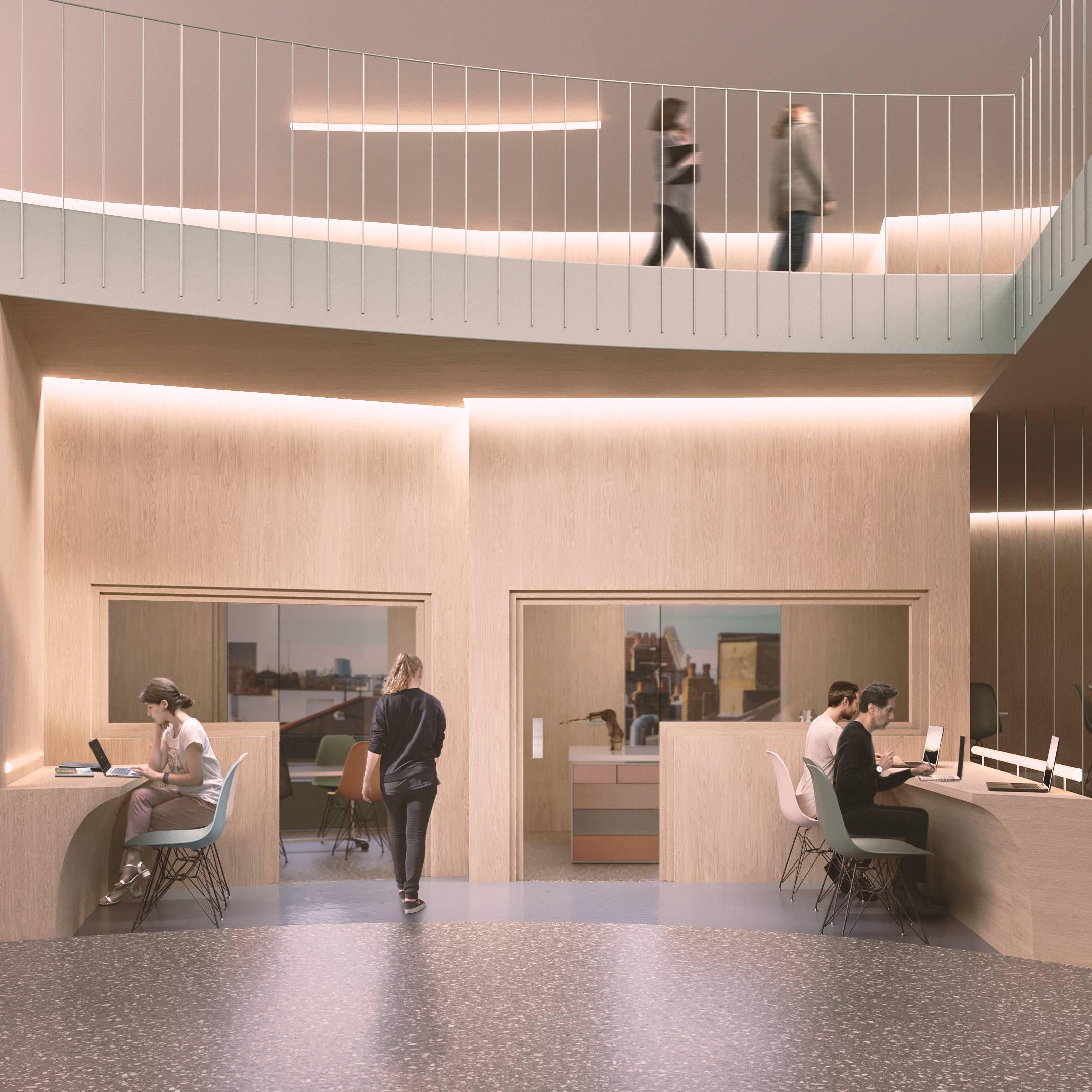
A Spatial Strategy
Moving away from a mono-type of classrooms, a new DNA embraces four educational modalities, with three learner-led experiences to compliment instructed learning. Previously passive corridors are activated into a dynamic circulatory spine for independent development, pepper-potted with opportunities for reflection and conceived as content-rich, taking advantage of new technology.
Semi-enclosed collaborative spaces allow for chance encounters in this shared space to flourish into productive study sessions. Divides between form groups and subject specialism are ruptured by an interdisciplinary spirit. Exploratory hubs create transitions into instructed learning spaces, where students can sample what’s on offer and inform their personalised timetable.
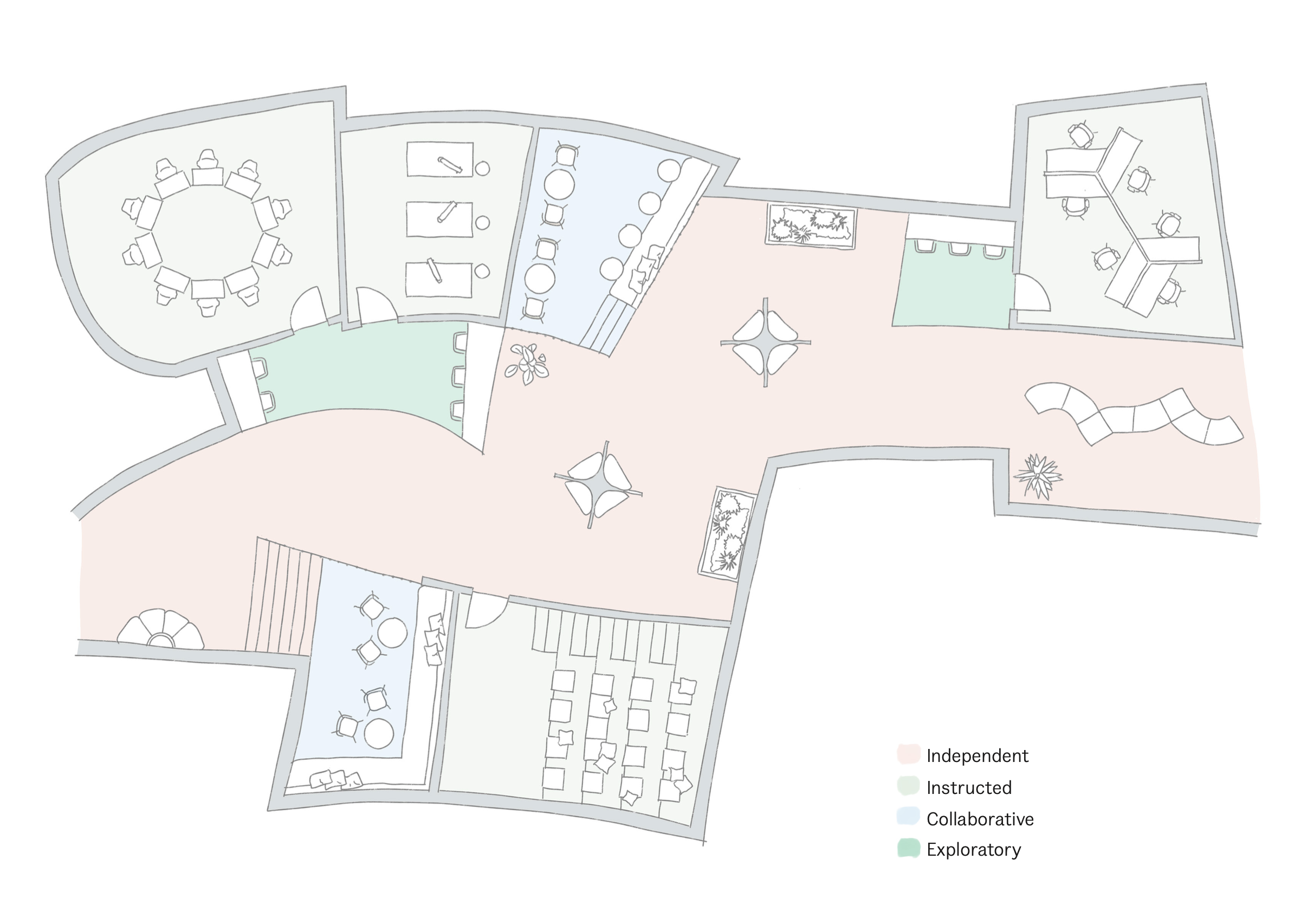

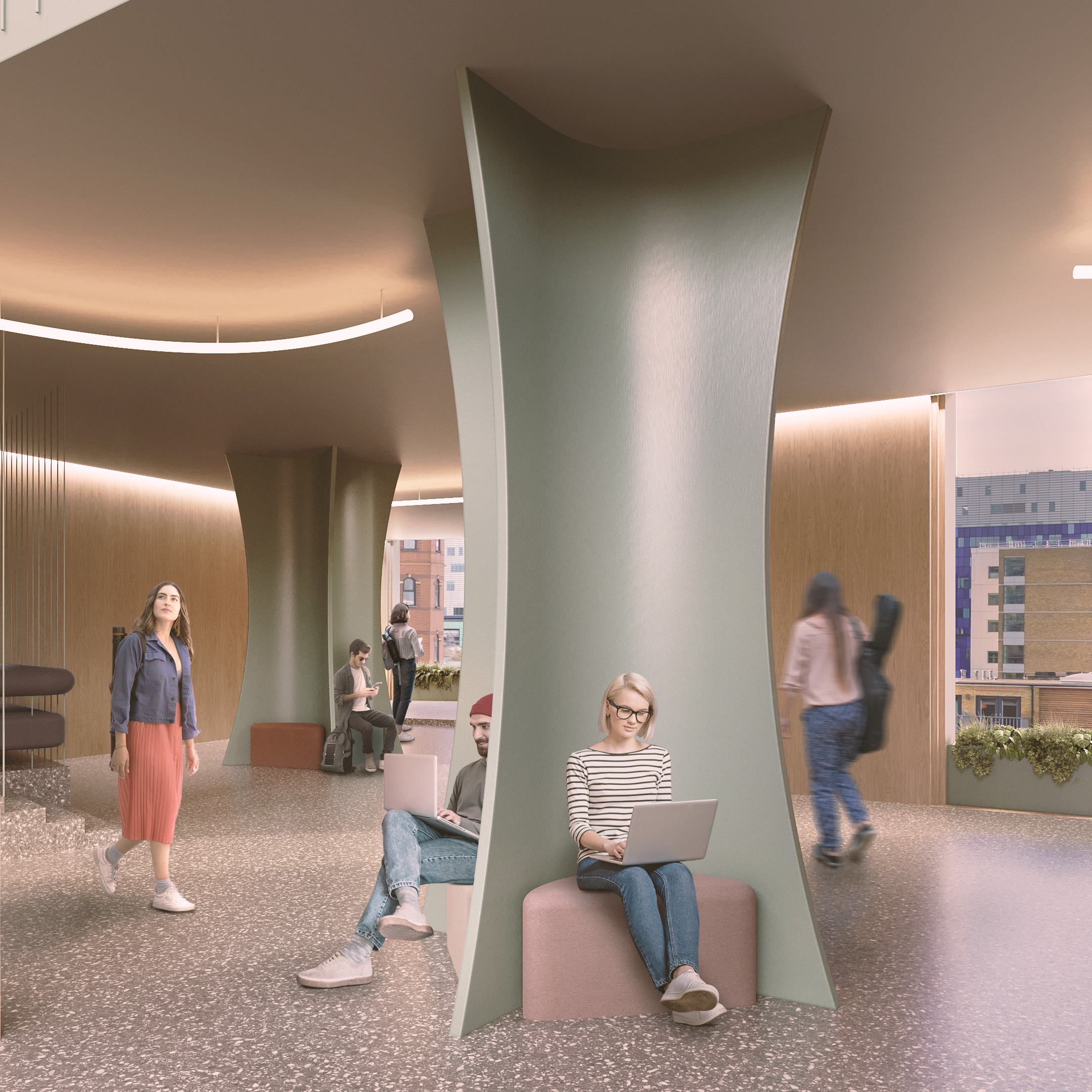

Self Mastery
Reflection points
In a new paradigm students are encouraged to consider their progress independently. Rather than compare themselves to the achievements of others, the potential of personalised feedback, made possible by advances in artificial intelligence, is embraced.
The educational architecture of the future must be dispersed with opportunities for students to check in with this feedback as a matter of habit and routine. This architecture doesn’t make reflection an afterthought, but integrates it into its core fabric: bespoke columns become niches to review feedback on your personal devices.



Personalised Journeys
Exploratory Hubs
Students today are rail-roaded into rigid educational frameworks and national curriculas. In a learner- led future, students are empowered to personalise their timetable. Learning ceases to be a mindless shuffle between mandatory classes, and instead is a free wheeling carousel between exploratory hubs where you can sample a breadth of skills and disciplines on offer.
As transition gateways to instructed spaces, these exploratory hubs offer educators the chance to showcase the best of their subject, igniting a passion in the student to fuel them through the work of up-skilling.
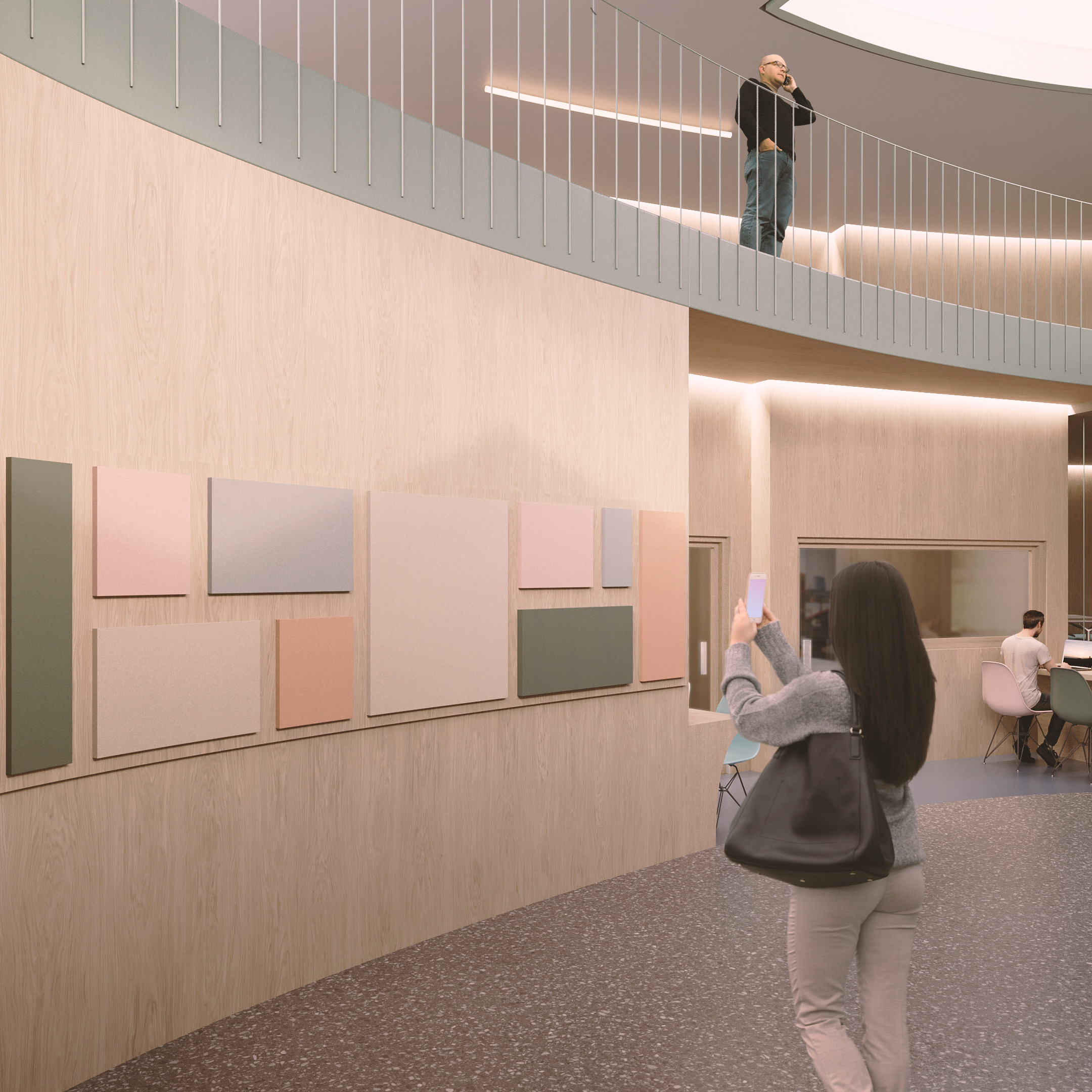

Individual Discovery
Interactive Walls
Coupling augmented reality with artificial intelligence creates a revolution for learning environments, dispersing learning everywhere. No longer is the education the preserve of the classroom: previously passive surfaces become canvases for personalised, interactive content accessed by each student through their personal device.
A collage of frames indicates to students spots to engage with digital content, and journeys of individual discovery. The conventional boundaries of learning are transcended, and in its place a culture of independent learning takes root.
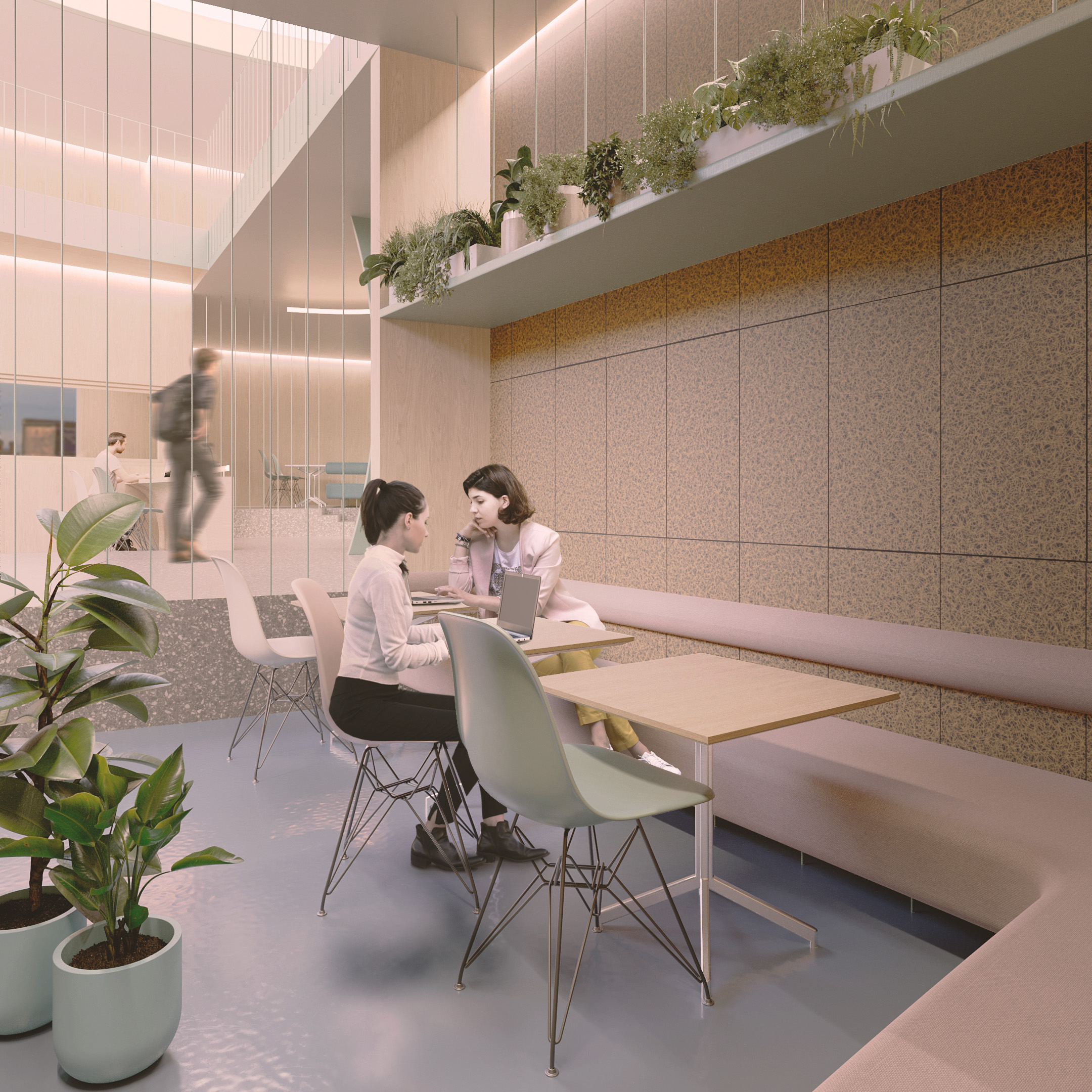

Student Networks
Collaborative Space
A new DNA for learning environments promotes interdisciplinary exchange. Outside of space dedicated to particular skills, connected to the open spine of the architecture, collaborative spaces are fertile ground for the exchange of insights each student has gained along their unique learning journey.
Characterised by the principles of biophilic design, these spaces are plant enriched to promote well-being. Acoustic baffling guarantees productivity in semi-open space where the sound of conversation drifts through the architecture and inspires the learning community.
Project Contributors


Alvaro Sanmartin
Engineer & Founder – Minds Studio
My life’s work revolves around discovering and experimenting with innovative learning methods that empower individuals to acquire new skills, ultimately transforming their lives for the better.
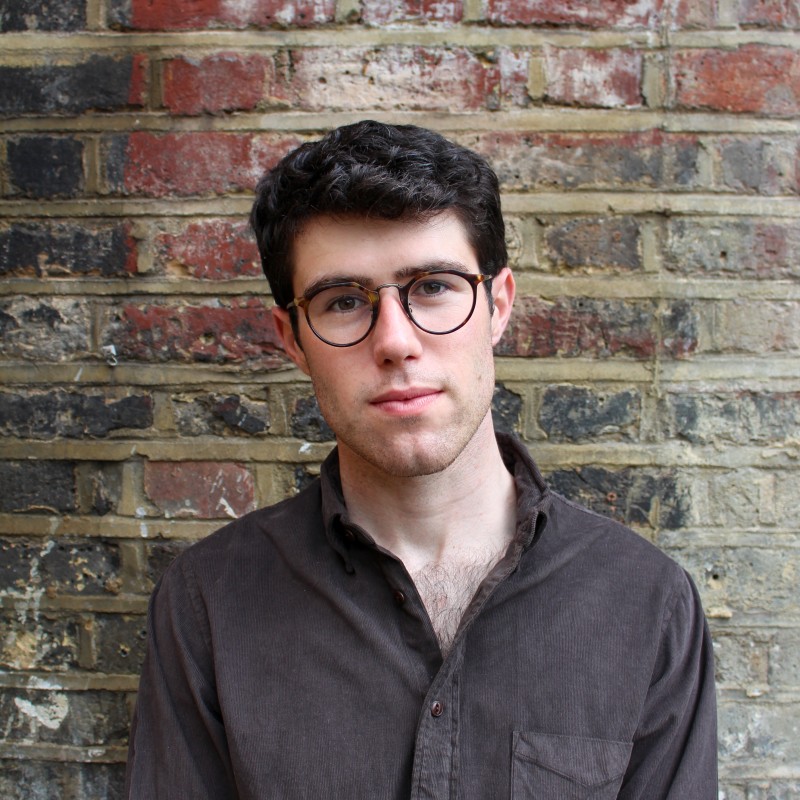

Hugh Gatenby
Architect & Founder – Arc Works
I specialize in architectural projects that blend cutting-edge building design with principles of learning science.


The Minds Studio Network
Minds Studio relies on a network of over 50 professionals spanning across 15 countries. These individuals are aligned with the purpose of Minds Studio and are available to participate in projects when needed.